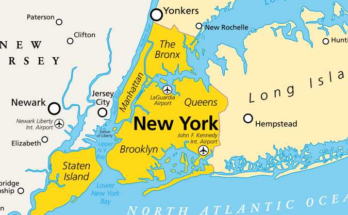1. Prehistoric and Ancient Italy (Before 8th Century BCE)
- Early humans settled in Italy around 200,000 years ago.
- The Bronze and Iron Ages saw the rise of cultures like the Villanovans and Etruscans.
- Etruscans dominated central Italy before Roman ascendancy.
2. The Roman Kingdom, Republic, and Empire (753 BCE – 476 CE)
- Roman Kingdom (753–509 BCE): Rome was founded, according to legend, by Romulus and Remus. Early kings established its foundations.
- Roman Republic (509–27 BCE): Rome transitioned to a republic, expanding through military conquest and alliances. Key events include:
- The Punic Wars against Carthage (264–146 BCE).
- Internal strife with figures like Julius Caesar and the eventual rise of Augustus.
- Roman Empire (27 BCE – 476 CE): Augustus became the first emperor, ushering in the Pax Romana. Rome expanded to its greatest extent, influencing law, culture, and governance. The empire faced crises in the 3rd century and officially fell in the West in 476 CE.
3. The Middle Ages (476–1400s)
- Post-Roman Period: Italy fragmented into competing kingdoms, duchies, and city-states.
- The Byzantine Empire retained control in some areas (e.g., Ravenna), while the Lombards settled in northern Italy.
- Charlemagne and the Holy Roman Empire: In 800, Charlemagne was crowned Emperor, linking Italy with the broader European empire.
- The Papal States emerged as a powerful theocratic region.
- Cities like Venice, Florence, and Genoa thrived as trade hubs during the late Middle Ages.
4. The Renaissance (14th–17th Century)
- The Renaissance began in Italy, particularly in Florence, driven by humanism and rediscovery of classical knowledge.
- Artists like Leonardo da Vinci, Michelangelo, and Raphael flourished.
- Thinkers like Galileo and Machiavelli shaped science and political thought.
5. Early Modern Period (17th–18th Century)
- Italy became a battleground for European powers like Spain, France, and Austria.
- The Italian states remained fragmented under foreign domination.
6. Unification of Italy (19th Century)
- Italy was united during the Risorgimento (1848–1871) under figures like Giuseppe Garibaldi, Count Cavour, and King Victor Emmanuel II.
- The Kingdom of Italy was officially established in 1861, with Rome added in 1870.
7. 20th Century and World Wars
- Italy entered World War I (1915–1918) on the Allied side, gaining some territories.
- In the 1920s, Benito Mussolini established a Fascist dictatorship, aligning Italy with Nazi Germany in World War II.
- After defeat in 1945, Italy abolished the monarchy in a 1946 referendum, becoming a republic.
8. Post-War Italy and Modern Era (1946–Present)
- Italy rebuilt after the war, joining NATO and the European Economic Community (EEC), a precursor to the EU.
- The 20th century saw economic growth, the “Years of Lead” (a period of political terrorism), and modernization.
- Italy remains influential in culture, art, fashion, and global politics today.


